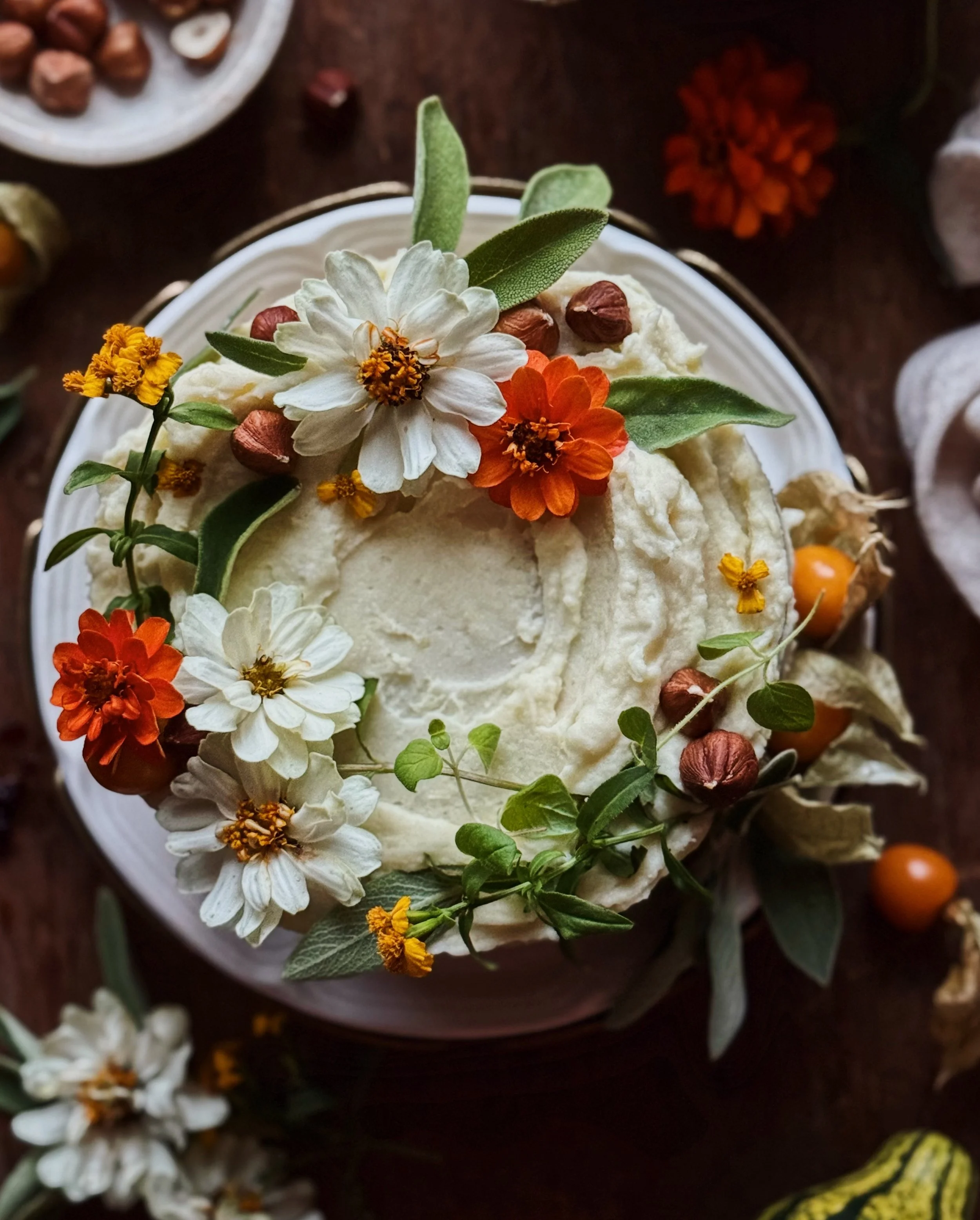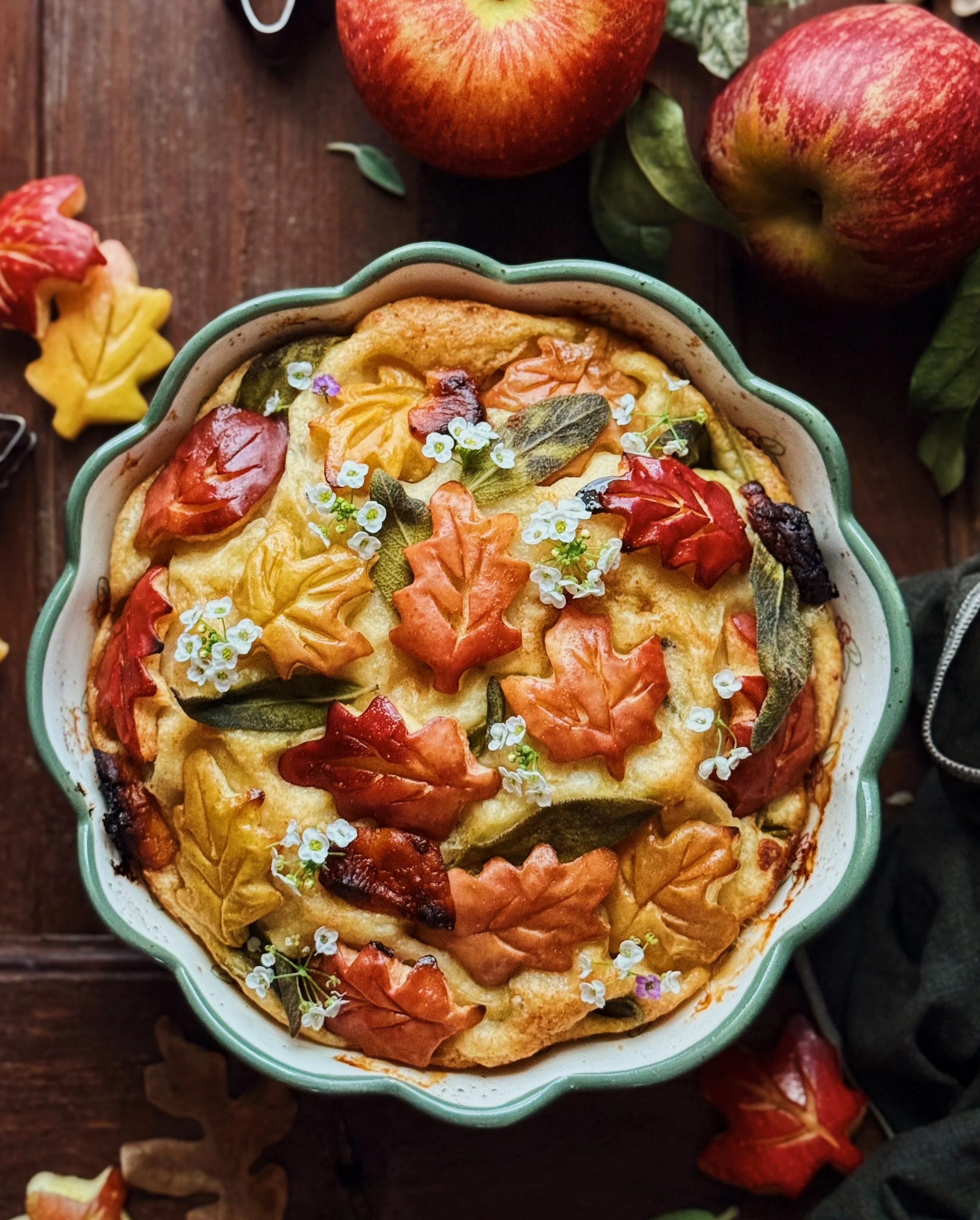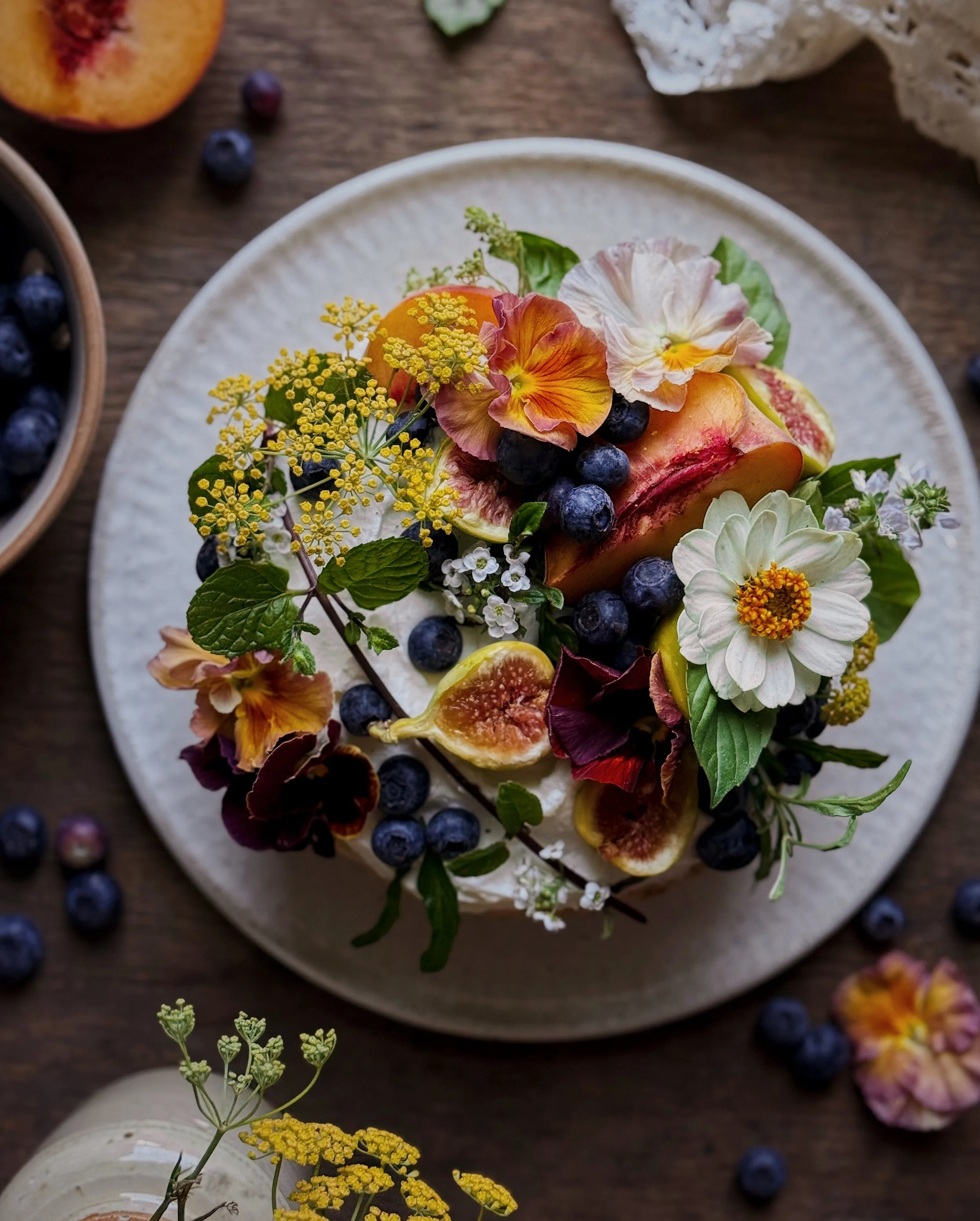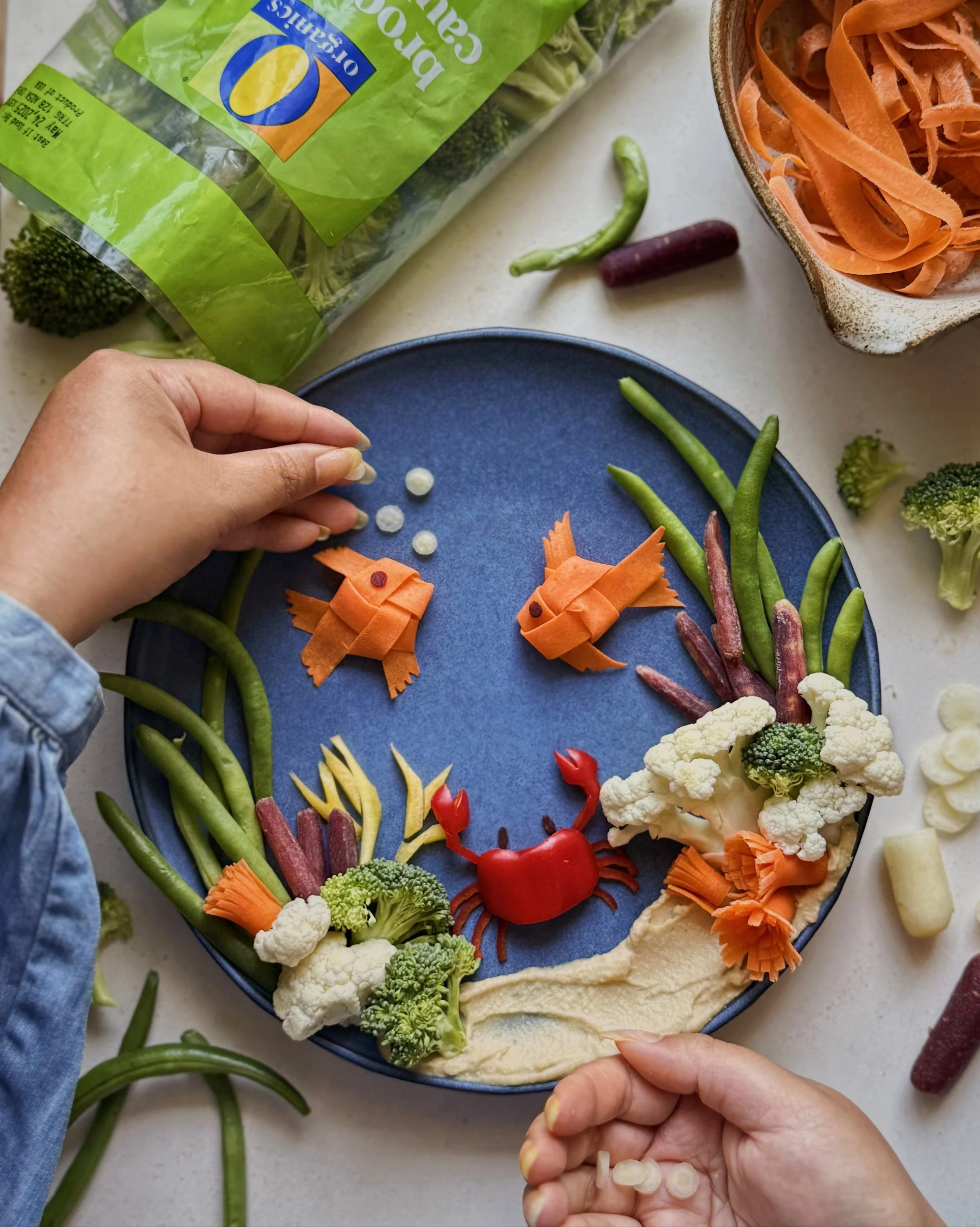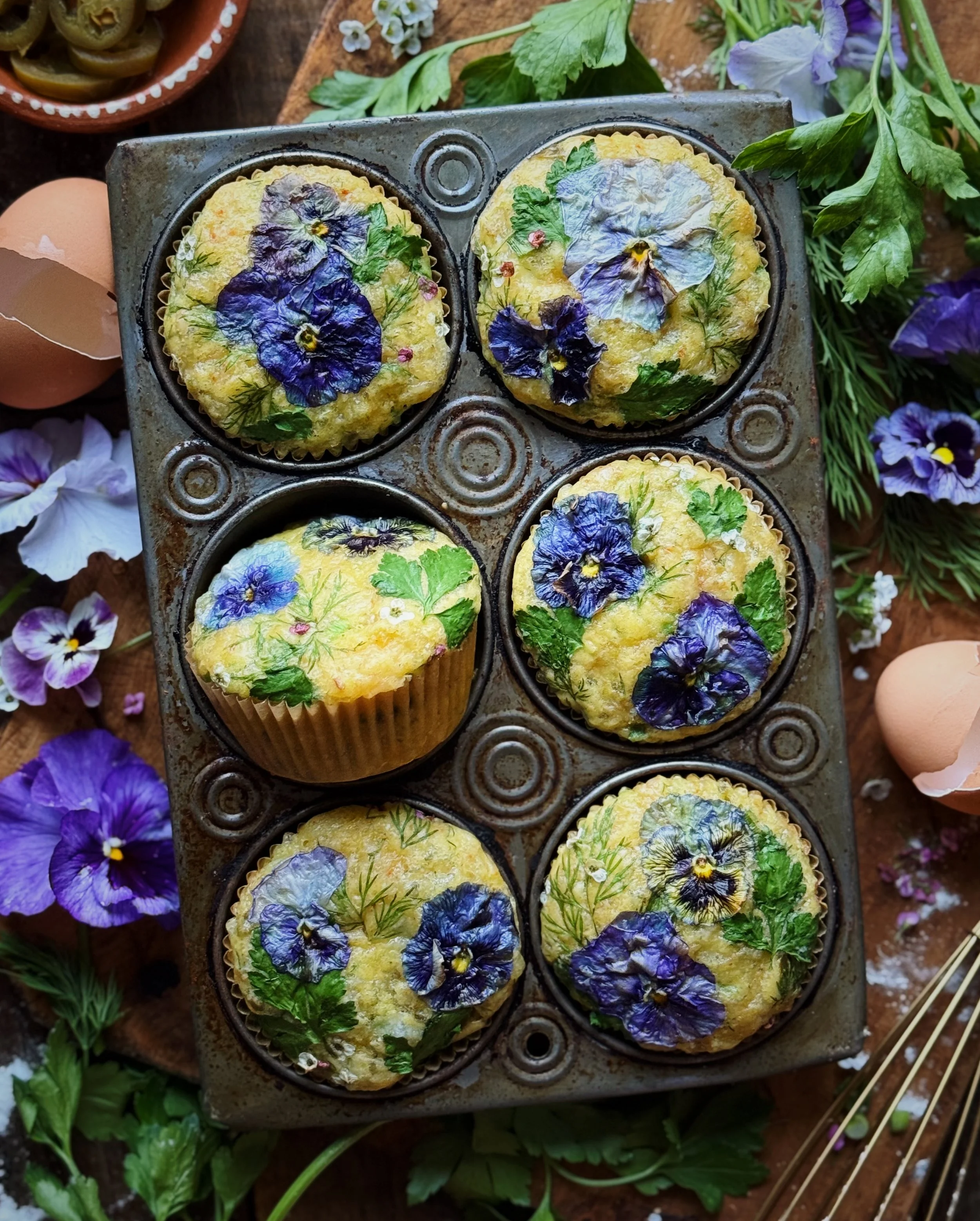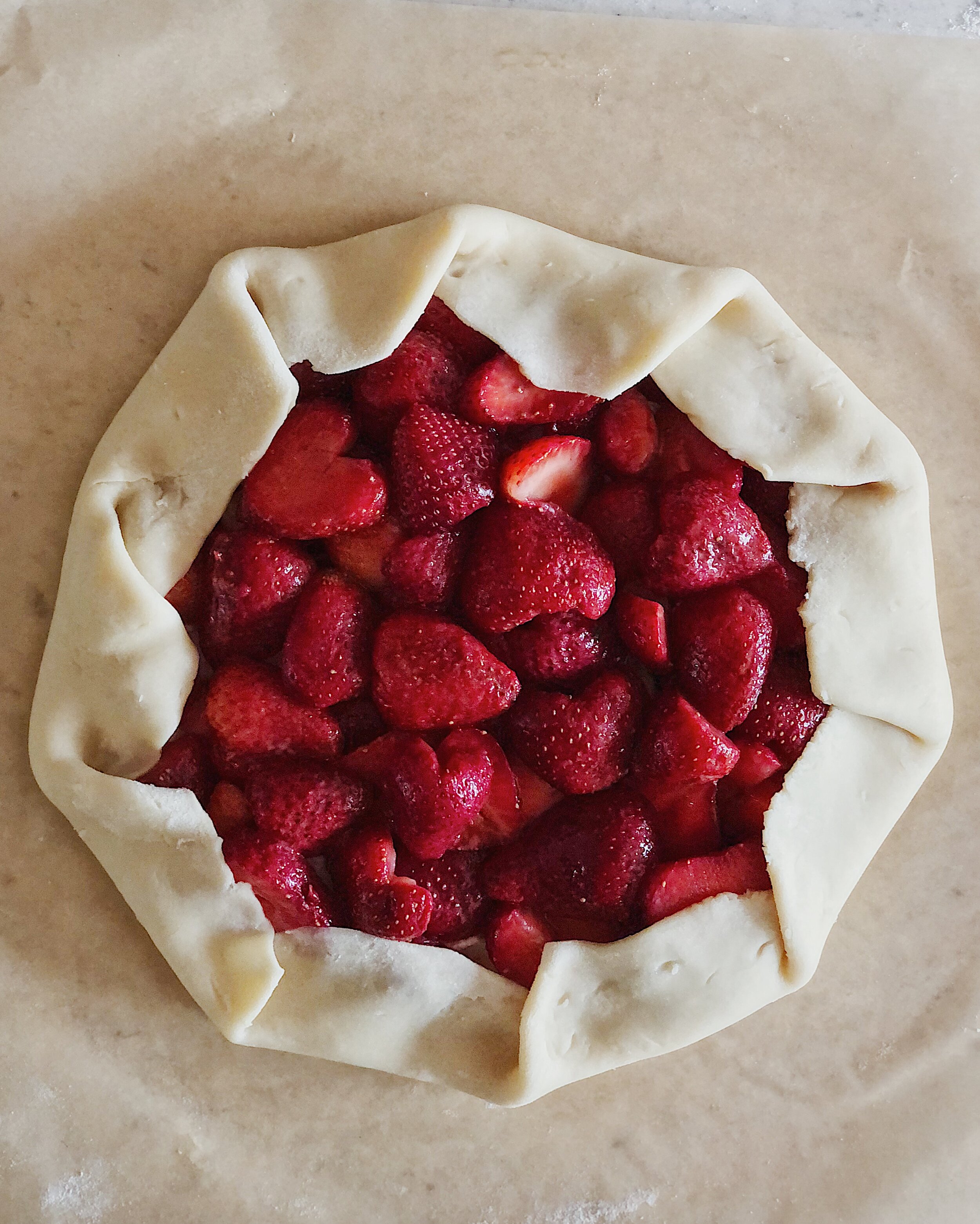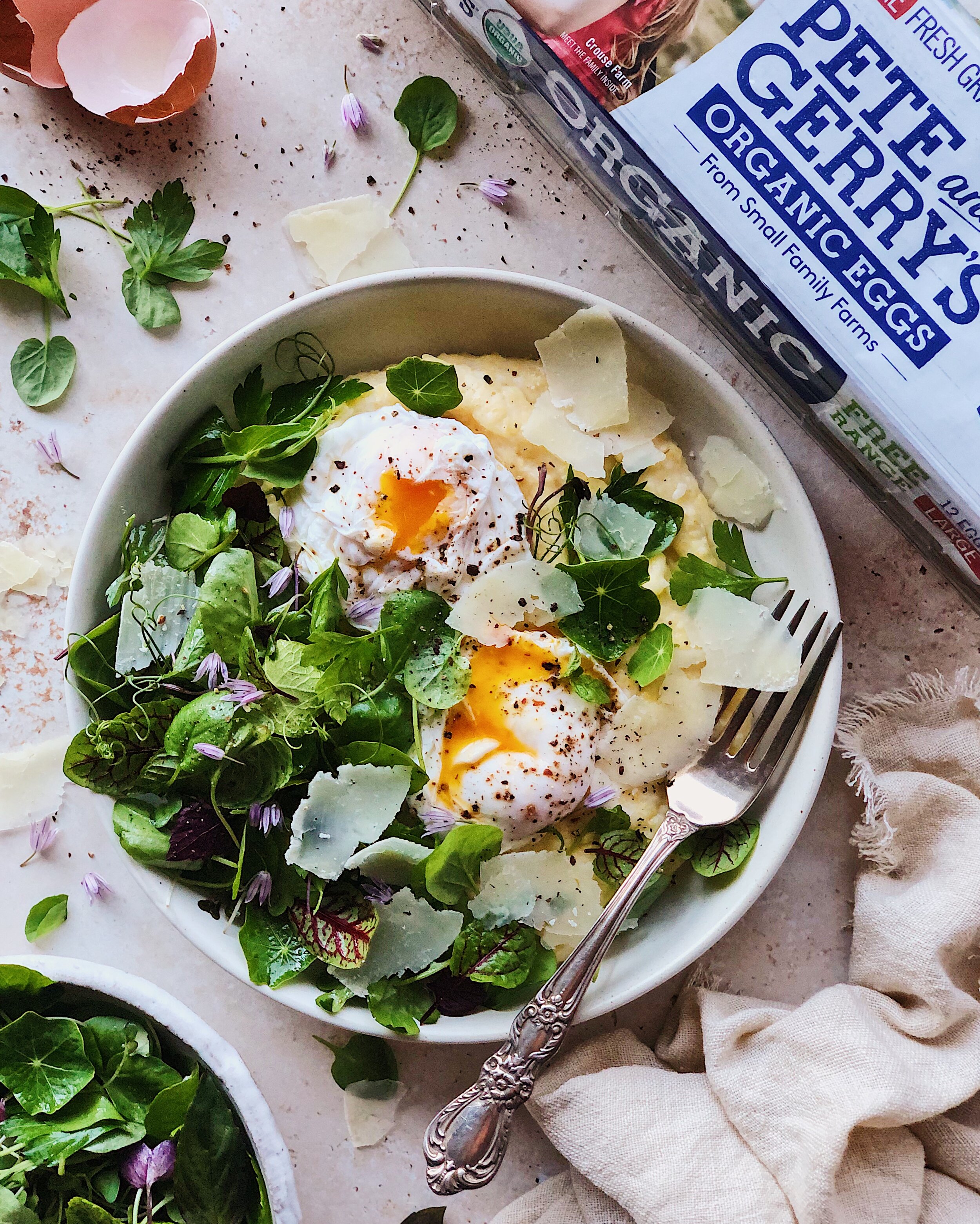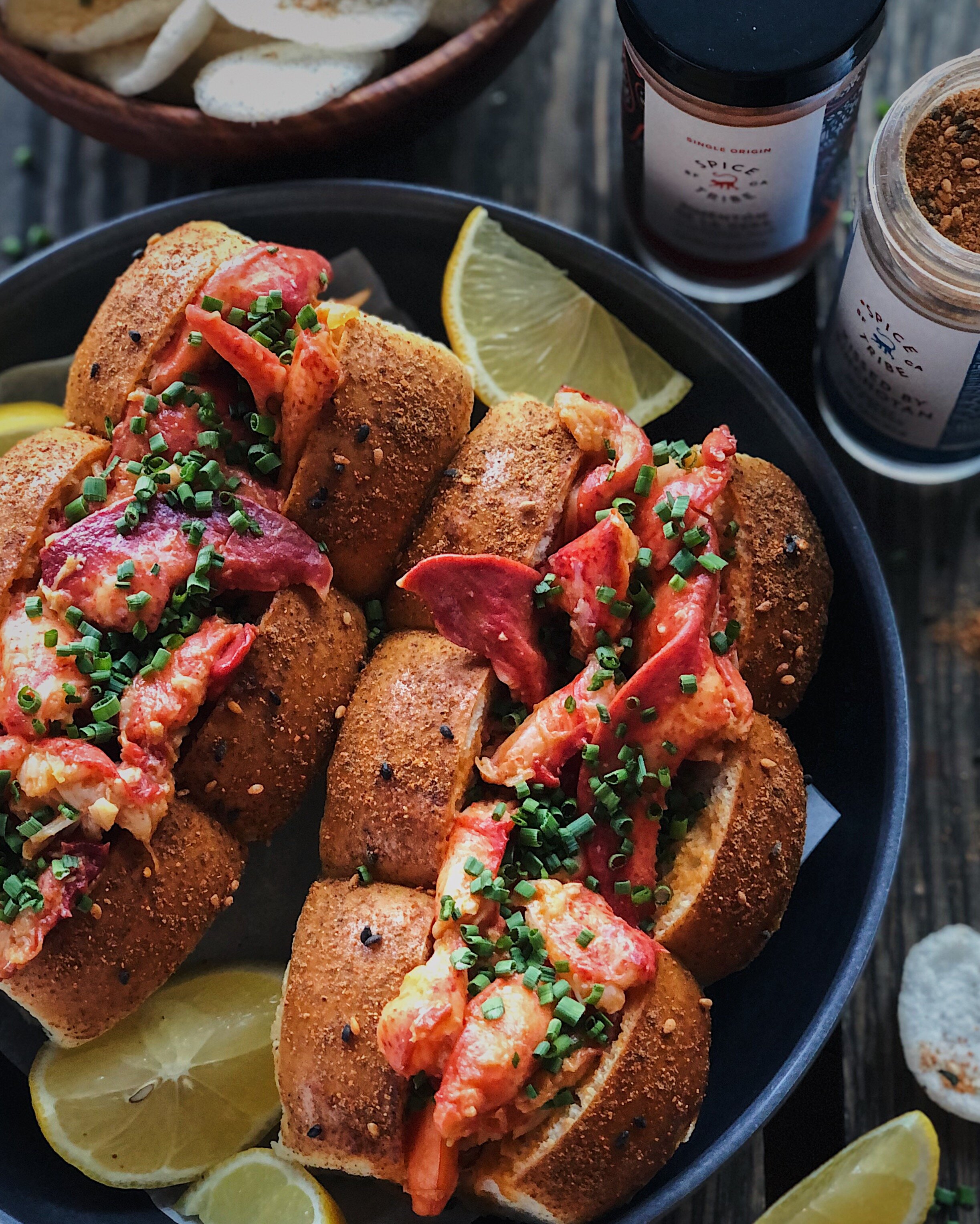Procedure
To make the miso honey butter, whisk together the softened butter, miso, and honey. Transfer to a serving dish and keep at room temperature.
Combine flour, baking powder, baking soda, sugar, curry powder, and a pinch of salt in a large bowl and whisk together.
Use a box grater to grate in the frozen butter, tossing together with the dry ingredients as you go, to avoid clumps. Then toss the butter and dry ingredients together gently so each shaving of butter is separated and coated with the dry ingredients.
Stir up your Greek yogurt to be an even consistency. If it is super thick, add a teaspoon of water to thin it out.
In a small bowl, toss the cheese and scallions so they are evenly combined. Add these to the dough base and toss together until ingredients are evenly distributed. Create a well in the center. Pour yogurt in the well, then use a fork to slowly incorporate the flour mixture into the wet yogurt. Once all the yogurt is absorbed, use your hands to gather the dough together and fold it on itself a few times until it is a cohesive dough.
Preheat your oven to 425°F.
You will be creating layers in the biscuits by doing three sets of letter folds; you will also want to keep everything as cold as you can, so work quickly with cold hands. Dust your work surface with flour and do so generously throughout the process as needed to prevent sticking. Shape the dough into a rectangle with your hands then roll it out until roughly 9” wide by 12” tall. Fold down the top third and then fold up the bottom third (like you would fold a letter). Rotate 90 degrees and repeat the shaping and folding. Rotate again then do the process one more time, so you have done 3 sets of letter folds total.
Roll out your dough to a little larger than 9” x 12” one more time. Using a floured 3-inch biscuit cutter, cut out 12 biscuits by pushing the cutter firmly through the dough and then lifting it straight up each time—you should hear a satisfying *whoosh* as the cutter goes through the dough—and do not twist the cutter. (I was able to fold the scraps gently together and make an additional 2 square biscuits. Alternatively, you could also just cut the slab of dough into 12 square biscuits if you choose.)
Place biscuits on a parchment-lined baking tray and freeze them for 10 minutes. Combine the water and honey in a small bowl, microwave for 10 seconds, and mix together to form a thin glaze. Brush the glaze on the tops of the biscuits, then sprinkle furikake on top.
Bake for 15–17 minutes, or until the biscuits are golden and starting to brown on their tops. They should feel structurally sound and not deflate when removed from the oven; if you notice them doing so, quickly put them back in the oven for a couple more minutes.
Serve the biscuits fresh from the oven alongside the miso honey butter.

